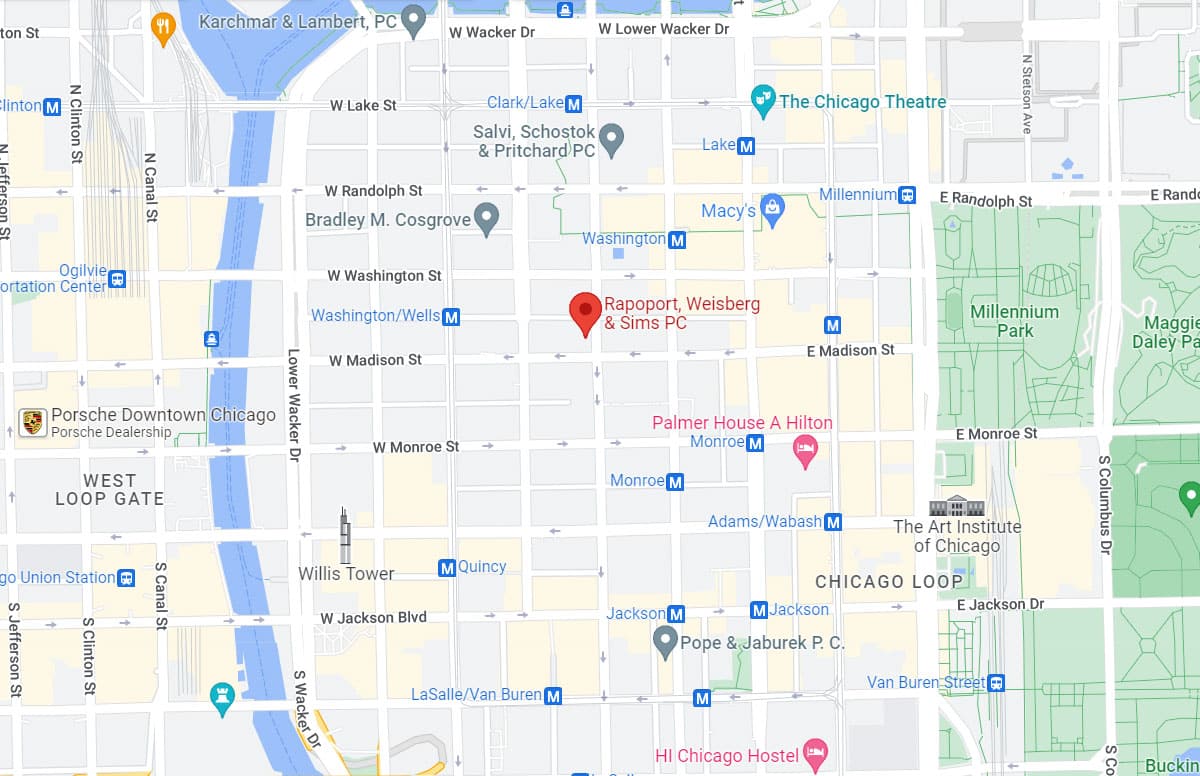About 20 minutes after taking off from Phoenix Sky Harbor Internal Airport on Friday afternoon, Southwest Airlines Flight 812 made an emergency landing after the plane’s fuselage ruptured causing a 5 foot long tear in the ceiling. Some of the plane’s 118 passengers described hearing loud pops and then seeing a gaping hole rip through the roof of the Boeing 737. The plane suffered rapid decompression, and oxygen masks popped out as the plane dove to a lower altitude where passengers could breathe on their own. According to one passenger, some people “were passing out because they weren’t getting the oxygen” from masks that dropped from above during the emergency. Terrified passengers thought the end was near, and one woman texted her husband, “Plane going down. Love you.”
Fortunately, a tragic aviation accident was avoided as Flight 812 was able to land safely at a military base in Yuma, Arizona without any serious physical injuries or deaths being reported. However, disturbingly, this is not the first time a Boeing 737 has ripped open during flight. In 1998, a flight attendant died after being sucked out of a hole in the ceiling of an Aloha Airlines flight after cracks caused part of the ceiling on that Boeing 737 to peel open. More recently, two years ago, a hole opened in the fuselage of another Boeing 737, which like Friday’s flight was also operated by Southwest Airlines. In that instance investigators blamed fatigue cracks, and Boeing ordered extra inspections for its 737s.
Despite these previous incidents and warnings, national safety inspectors found evidence of “widespread cracking” and fatigue on the fuselage of the Boeing 737 involved in Friday’s emergency. According to Robert L. Sumwalt of the National Transportation Safety Board, “We did find evidence of widespread cracking across this entire fracture surface.” (Click here to see Mr. Sumwalt’s entire press briefing).
Moreover, after Southwest Airlines grounded 79 other Boeing 737’s in its fleet in reaction to Friday’s scare, it found cracks on two other planes that have been taken out of service pending further evaluation. It is regrettable that a near tragedy was necessary to prompt the inspections that led to these discoveries.
The NTSB will now ship the part of the plane that cracked open in Friday’s incident to Washington for further investigation. We look forward to hearing the results of the investigation, and the steps the NTSB recommends for preventing similar incidents in the future.
Sources: http://news.yahoo.com/s/nm/20110403/ts_nm/us_airlines_southwest; http://abcnews.go.com/US/southwest-airlines-ground-79-boeing-737-planes-emergency/story?id=13280499&page=1
